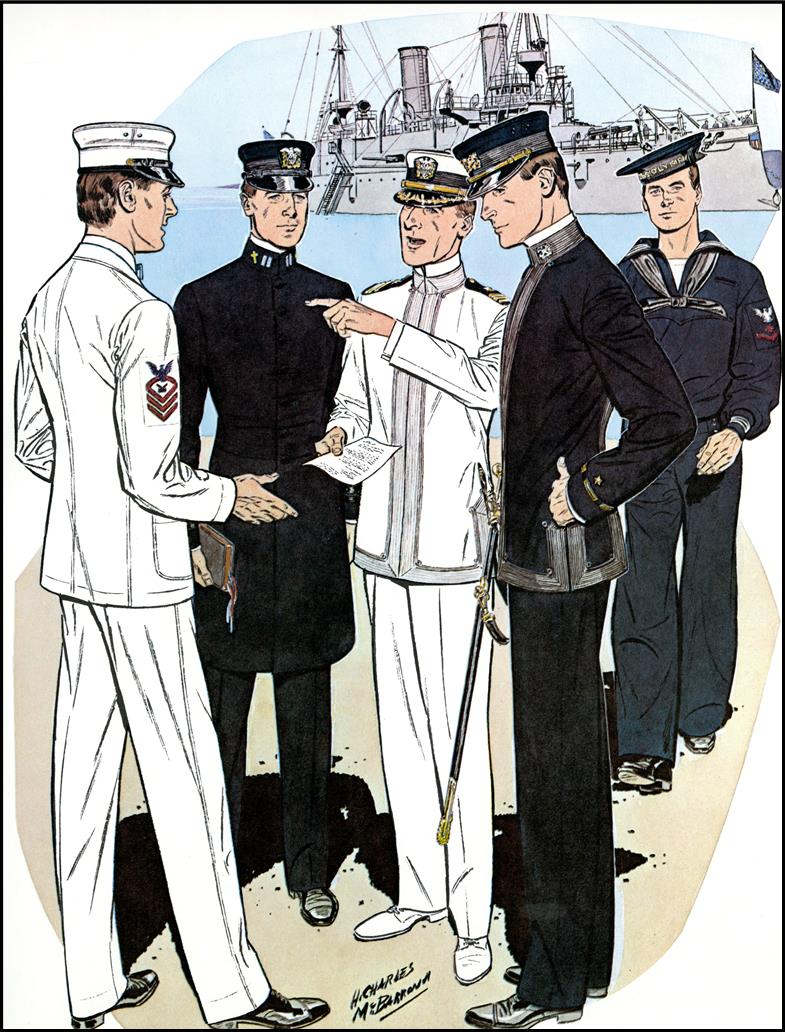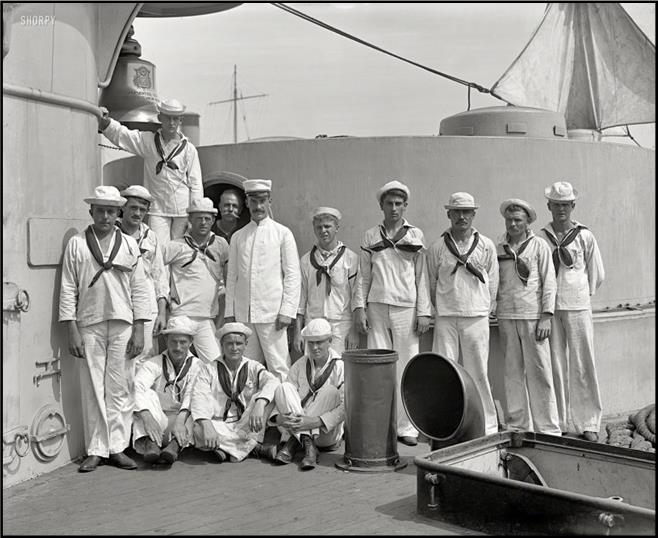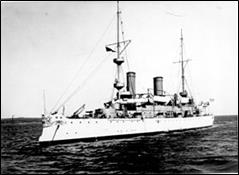or main deck of a vessel to support a gun.)

For the crews shipboard habitability wasn’t adequate and ventilation had to be improved; hull casement shutters couldn’t keep the water out in rough seas. The rapid-fire guns were placed too close to the waterline and could not be used effectively since spray and water shipping into the gun ports were distracting to the crews. The lofty upperworks of the ships were found to be comfortable for peacetime conditions but would be “shell exploders” during wartime. Another discovery was that, even when fully loaded, the bottom of the battleships’ side armor was visible—and the ships thus vulnerable to shells that might hit beneath it to reach their machinery and magazines.

Turret heights for main armament proved too low and needed to be raised. Secondary armament was useless at higher speeds, especially in trade wind conditions (with the wind moving over the sea at 10 knots (19 km/h) or greater) and needed to be moved much higher in the hull.
Additionally, the old-style military masts and “fighting tops” were replaced by new cage masts with fire-control tops; top-heavy bridges and charthouses were removed and replaced by open bridges; light-weight torpedo-defense guns gave way to more powerful pieces; and new fire-control gear as fitted out on the ships.
Thanks to President Theodore Roosevelt’s foresight and planning the Navy of the United States found itself on more equal terms with the modern navies of the world. As one sailor succinctly put it, “We just wanted to let the world know we were prepared for anything they wanted to kick up. We wanted to show the world what we could do.”

USS Olympia (C-6)
Upon commissioning in February 1895 Olympia departed the Union Iron Works yard in San Francisco and steamed inland to the U.S. Navy’s Mare Island Naval Shipyard at Vallejo, where outfitting was completed and Captain John J. Read was placed in command.
On 3 October 1921, Olympia departed Philadelphia for Le Havre, France, to bring the remains of the Unknown Soldier home for interment in Arlington National Cemetery. The cruiser departed France on 25 October 1921; she was escorted by a group of French destroyers for part of the voyage. At the mouth of the Potomac river on 9 November, the battleship USS North Dakota (BB-29) and the destroyer USS Bernadou (DD-153) joined the Olympia as she steamed to the Washington Navy Yard. After transferring the remains ashore, the cruiser fired her guns in salute.
Restored as Museum Ship in Philadelphia
Nickname(s): “Queen of the Pacific”, “The Winged O”